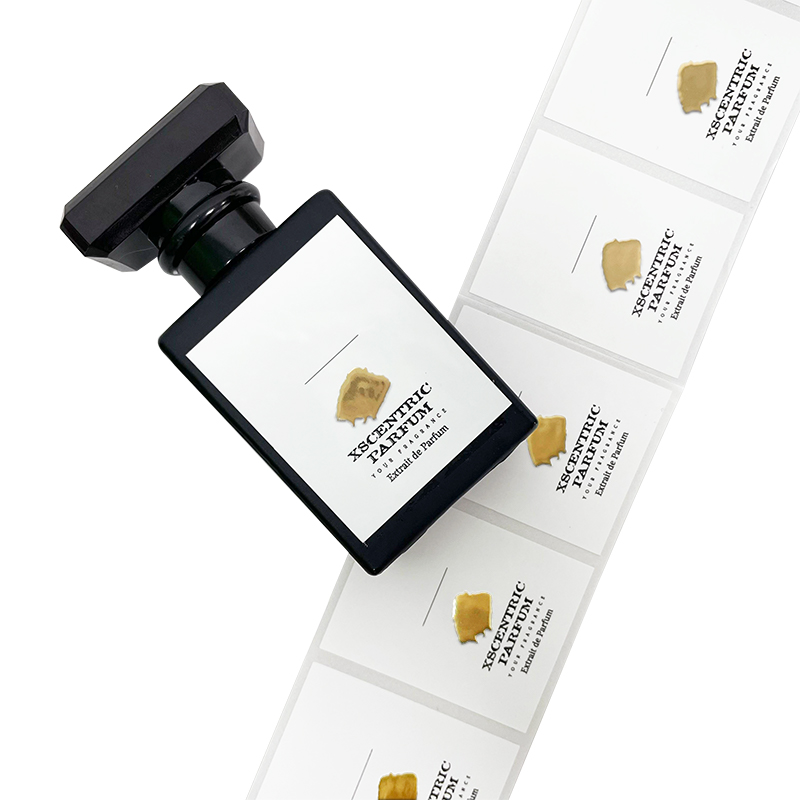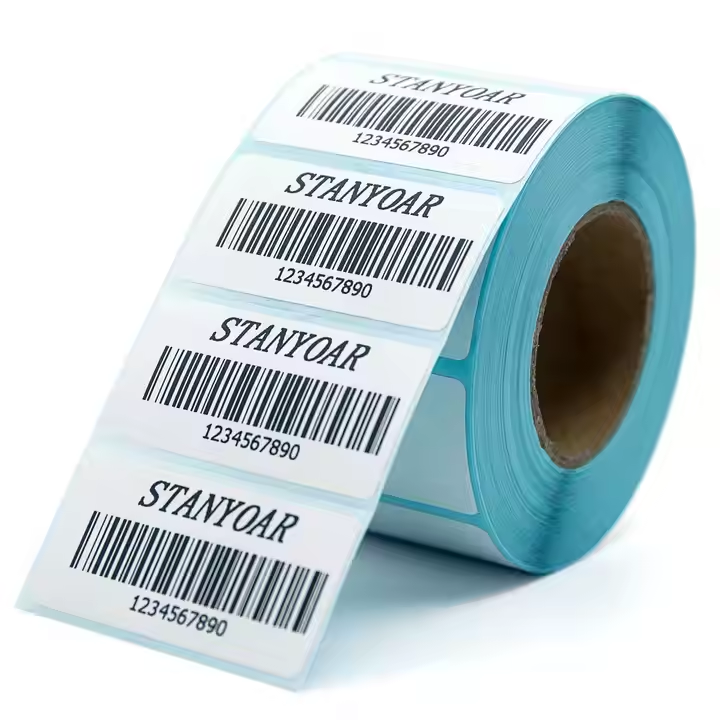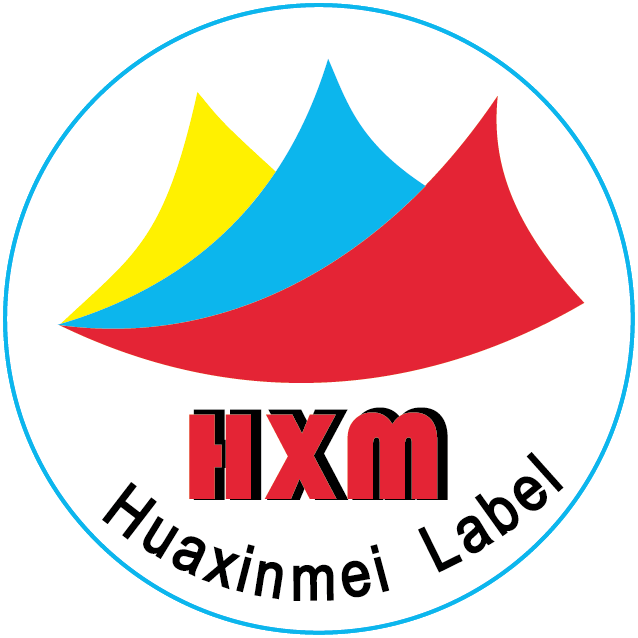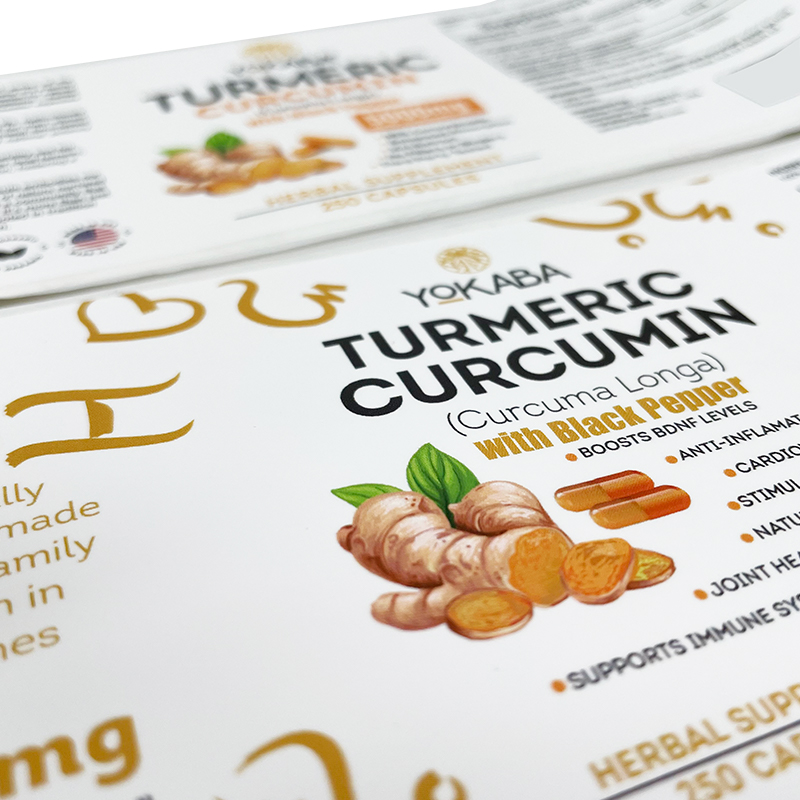Familiarize Yourself with Regulatory Requirements

Manufacturers should have a sufficient understanding of shampoo products, including an understanding of product classifications. Different types of shampoos may have different regulatory requirements. Only by understanding different product types can one become familiar with relevant regulatory provisions. For example, for ordinary shampoos, medicated shampoos, and children’s shampoos, there are differences in aspects such as ingredient restrictions and label claims. Manufacturers need to clearly identify the category to which their products belong in order to accurately follow the corresponding regulations. Only when label manufacturers understand the relevant regulations can they produce labels that meet the requirements. Thoroughly study the relevant regulatory clauses, and deeply research the national and regional regulations regarding cosmetic labels to understand the contents that must be included on the labels, such as the product name, ingredient list, shelf life, net content, production license number, and implementation standards, as well as the contents that are prohibited from being marked and the limitations on claims. Have a clear understanding of the relevant production and use regulations to ensure a comprehensive understanding of the labels during the label production period and avoid producing unqualified labels. Label production is a very rigorous business cooperation, which is related to the reputations of both manufacturers and wholesalers as well as the financial investment, that is, the input-output ratio. Therefore, it is necessary to be familiar with the relevant regulatory requirements and produce in accordance with the relevant regulations to produce products that comply with laws and regulations.

Accurately Mark Product Information
Regarding the product name of the product, the naming should first comply with the corresponding regulatory provisions. The product name of the shampoo should comply with relevant regulations and must not use medical terms or words that explicitly or implicitly indicate medical functions and effects, such as “cosmeceuticals”, “medical skin care products”, etc. At the same time, it should accurately reflect the true nature of the product to avoid misleading consumers. The product’s efficacy should be described honestly and accurately. Regarding the ingredient list of the product, according to the relevant regulatory requirements, list all the ingredients of the shampoo in detail without deceiving or cheating consumers. Ingredient names should use standard chemical names or INCI names. For ingredients with a content of more than 1%, they should be arranged in descending order; for ingredients with a content of less than 1% they can be randomly arranged after the ingredients with a content greater than 1%. Net content: The marking of the net content should be accurate, using legal measurement units and meeting the requirements of relevant measurement regulations. Shelf life and expiration date: Clearly mark the shelf life or expiration date of the shampoo so that consumers can clearly understand the effective use period of the product. All the detailed relevant information about the shampoo should be printed on the label so that consumers can clearly understand the product information.

Use Claims and Warning Statements in Compliance
Regarding claim limitations, various claims on shampoo labels, such as “natural”, “organic”, “silicone-free”, etc., must have sufficient basis and evidence to support them and comply with the relevant regulations and standards. Do not exaggerate the efficacy of the product. For example, do not claim that it can treat diseases such as hair loss and white hair unless the product has obtained a drug approval number. Regarding the efficacy of these shampoos, consumers should be informed truthfully. If there is such an efficacy, it is appropriate to print it on the label; but if there is no such efficacy, it would be deceiving consumers. Warning statements: According to the ingredients and characteristics of the shampoo, if necessary, corresponding warning statements should be marked. For example, if it contains certain ingredients that may cause allergic reactions, statements such as “Please conduct a skin test before use” should be marked to ensure the safety of consumers. Some precautions for using shampoo also need to be clearly noted. For example, in the process of washing hair, if shampoo gets into the eyes, what should be done to handle it? If shampoo accidentally gets into the eyes during the hair washing process, rinse with clean water several times. If there is any discomfort, seek medical treatment at a nearby hospital in a timely manner.

Design and Printing Requirements
Label Design Review: When designing labels, ensure that the layout of the label content is reasonable, clear, and easy to read, and that the font size, color contrast, etc. meet the relevant regulations, so that consumers can accurately obtain product information during the purchase and use process. Printing Quality Control: Select a regular printing factory to ensure good label printing quality. The text, patterns, symbols, etc. on the label should be clear, complete, and accurate, without any phenomena such as blurring, fading, or peeling off, to prevent inaccurate label information or non-compliance with regulatory requirements due to printing problems. For shampoo labels, the printing should be clear to ensure that the label will not peel off or become blurry when it gets wet during the consumer’s use process. These basic problems should be avoided. For the determined application scenarios of shampoo, people should anticipate in advance the problems that consumers may encounter during the use of the product. Then, when designing the relevant labels, new materials will be used. For example, using self-adhesive labels can better avoid peeling off when getting wet. Moreover, self-adhesive labels are very durable and remain durable even when often getting wet.

Establish Review and Traceability Mechanisms
In the production process of shampoo labels, a corresponding internal review mechanism should be established. Establish a strict label review system. Before the labels are put into use, professional personnel should conduct a comprehensive review of the content, format, claims, etc. of the labels to ensure that the labels comply with regulatory requirements. Relevant records should be retained during the review process for inspection by regulatory authorities. In the management of this aspect, change management should be used. If the product formula, ingredients, claims, etc. change, the labels should be promptly modified accordingly and re-reviewed and filed to ensure that the label information is always consistent with the actual situation of the product. Finally, a traceability system should be established. Establish a product traceability system that can trace detailed information such as the production batch, raw material procurement, and production process from the label information, so that when problems occur, the causes can be promptly identified and effective measures can be taken to handle them.



